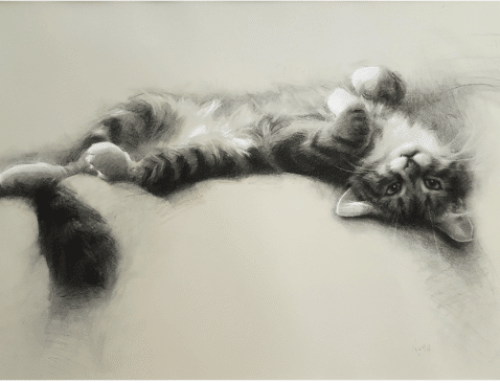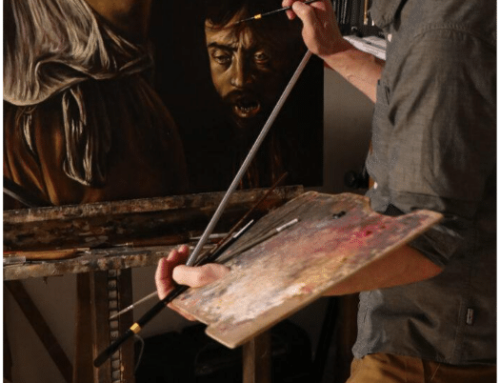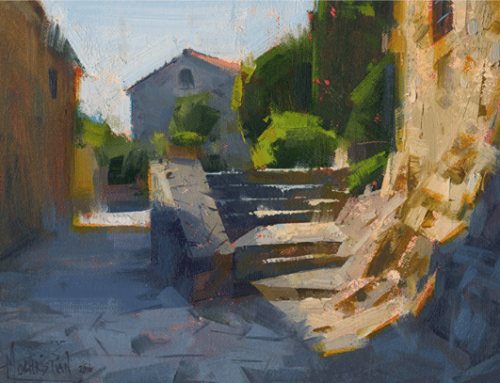I think it’s true that great, original art changes the way we see the world. I mean literally changes the visual “reality” of what the world looks and feels like to a given individual.
Before I began painting and really looking at and understanding how artists use color, I did not see or feel the world as I do now. (Streamline’s PaintTube.tv offers several videos on understanding color, by the way, which you can check out here).
I didn’t realize, for example, how many shades of green, yellow, blue, brown, violet and even red tint a landscape full of ordinary “green” leaves and grass (I assume this the reason greens are infamously difficult for painters to handle). I’ve also come to appreciate that at any given time of year, many of the colors we experience in the world around us are actually varieties of gray. Someone told me, “we live in a gray world,” albeit punctuated by brilliant hues, but I didn’t believe it until Corot (French landscapist, c. 1830s) made me feel and see it.
Experiencing Corot’s gorgeous poetry of grays – heartbreaking grays – in person, in paintings on museum walls, imparts a unique admixture of clarity and melancholy. Corot had a genius for creating powerful self-contained fantasy worlds in his painting. He painted his woods, grass, and foliage as gauzy, atmospheric veils shimmering with pearlescent grays composed of carefully toned neutral blues, ochres, greens, and violets … his foliage trails into sky-brightness like half-forgotten music. It’s a highly idiosyncratic interpretation of nature – total lyric poetry.
And yet, after viewing Corot’s paintings, I have seen the same color harmonies – those beautiful, old-world grays – in New England, in woodlands and pond-banks that never looked like that before. Each time I’ve glimpsed a frost-silvered row of pines or a mist-muted orchard, I’ve felt wash over me some of the emotion Corot seems to me to express in paint. To me it feels as though a profound and beautiful way of experiencing the world has been permanently added to my life.
The world *is* how each of us experiences it. And yet, we experience the world as we do because of the plays of Shakespeare and the novels of Virginia Woolf, because of Monet, the Baghavad-Gita, and Homer’s Odyssey, because of the Book of Daniel, Exodus, Genesis, Keats, Inness, the Great Gatsby and Moby-Dick, Jackson Pollock’s Lavender Mist, William Morris Hunt’s Niagara, Charles Demuth’s I Saw the Figure Five in Gold, and J.M.W. Turner’s Rain, Steam and Speed.
Art inspires reality to be that much more engaging.




